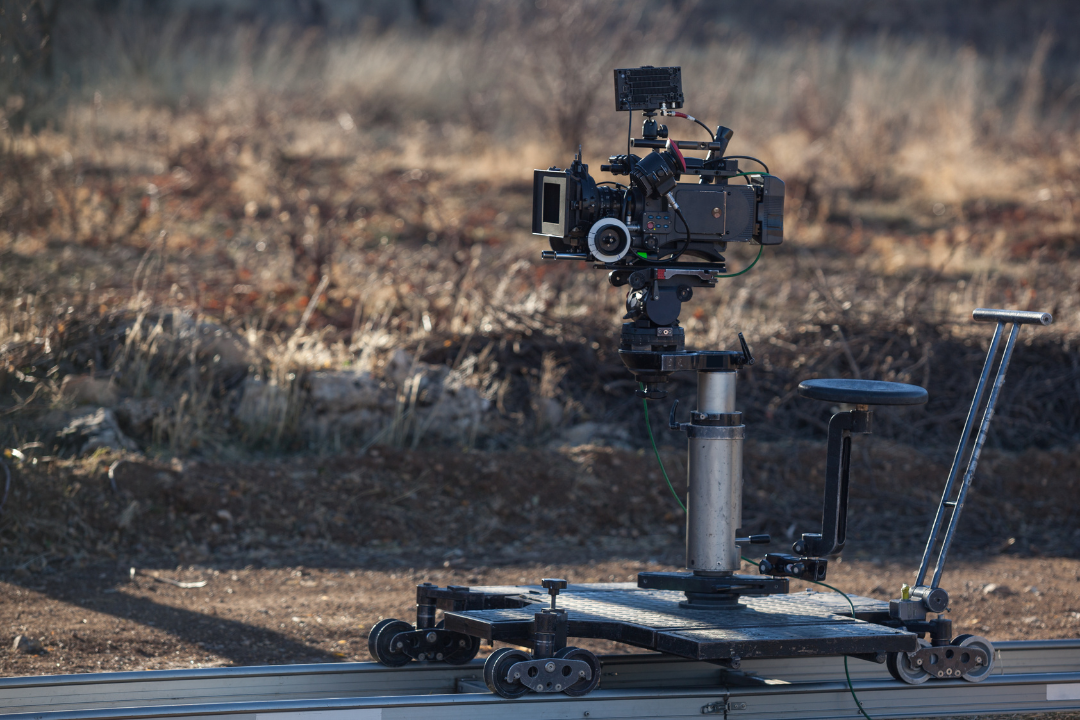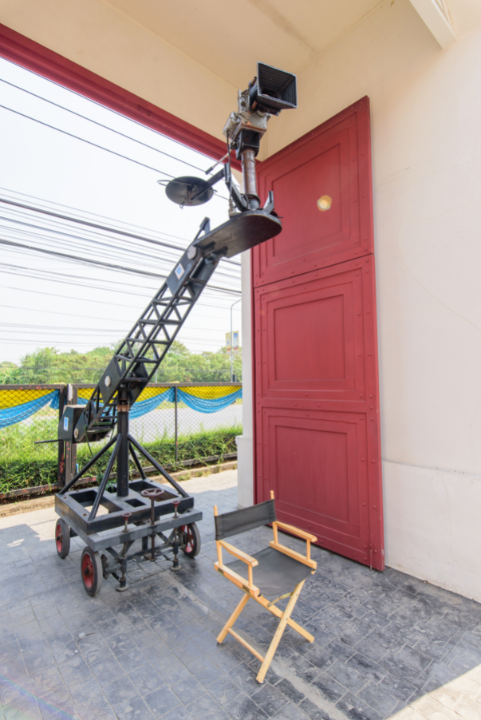What is a Camera Dolly and How is it Used!
A camera dolly is a piece of equipment used in the film and television industry to create smooth, controlled camera movements. Camera dollies are used to move the camera in a straight line, or to follow a moving subject, allowing the camera operator to capture stunning and dynamic shots that add energy and visual interest to a film.
Types of Camera Dollies
There are several types of camera dollies used in the film industry, each with its own unique features and benefits.
Track dollies
Track dollies are mounted on tracks, which provide a smooth and stable surface for the camera to move on. Track dollies can be used to create straight, curved, or circular camera movements and are ideal for large or complex shots.
2. Hand dollies
Hand dollies are small, portable dollies that can be pushed or pulled by hand. Hand dollies are perfect for smaller cameras and for tight spaces where a larger dolly would not fit. They are also very versatile, as they can be used on a variety of surfaces, including stairs, inclines, and uneven ground.
3. Hydraulic dollies
Hydraulic dollies are equipped with hydraulic pumps that provide smooth, fluid camera movements. They are often used for high-end productions and are ideal for shots that require precise control and smoothness, such as slow panning shots and follow shots.
4. Cable-cam dollies
Cable-cam dollies are mounted on cables that are suspended between two points, allowing the camera to move through the air. Cable-cam dollies are ideal for capturing aerial shots and are often used in sports and action sequences.
What is a Dolly Shot?
A dolly shot is a type of camera movement where the camera is mounted on a dolly and moves alongside the subject being filmed. The movement of the camera on the dolly creates a smooth and controlled shot, allowing the viewer to follow the action on screen. The dolly shot is an essential tool in the film and television industry and is used to add visual interest, energy, and excitement to a film.
There are several types of dolly shots, including tracking shots, panning shots, and tilting shots. A tracking shot is a dolly shot where the camera moves parallel to the subject, following it as it moves.
A panning shot is a dolly shot where the camera moves horizontally, tracking the subject as it moves from side to side. A tilting shot is a dolly shot where the camera moves vertically, tracking the subject as it moves up and down.
Dolly shots are an important tool for filmmakers, as they allow them to control the movement of the camera and create dynamic shots that add visual interest to a film. The use of dolly shots has become an integral part of the art of filmmaking, and filmmakers use them to convey emotions, tell stories, and create memorable scenes.
In conclusion, a dolly shot is a smooth and controlled camera movement that is achieved by mounting the camera on a dolly. There are several types of dolly shots, including tracking shots, panning shots, and tilting shots, and they are an essential tool for filmmakers to add visual interest and excitement to a film.
Conclusion
Each type of camera dolly has its own benefits, and the right dolly for a particular shot will depend on the specific requirements of the scene. Regardless of the type of dolly used, all camera dollies provide a smooth and controlled camera movement, adding visual interest and excitement to a film.
In conclusion, camera dollies are an essential tool in the film industry, and their use has become an integral part of the art of filmmaking. The different types of camera dollies available provide filmmakers with a range of options to choose from, each with its own benefits, allowing them to create the perfect shot for their story.


